A specific poem by Jeremy Teddy Karn "The Anthonym of a Country's Name" is similarly metaphorical. He speaks of Liberia as if parsing the word but instead talks about the loss of life during the CIvil War and how difficult it becomes to discuss war. With Russia invading Ukkraine, I expect this is an difficulty many have.
Assignment: Write about the words in your country's name.
See below to learn about other Liberian poets:
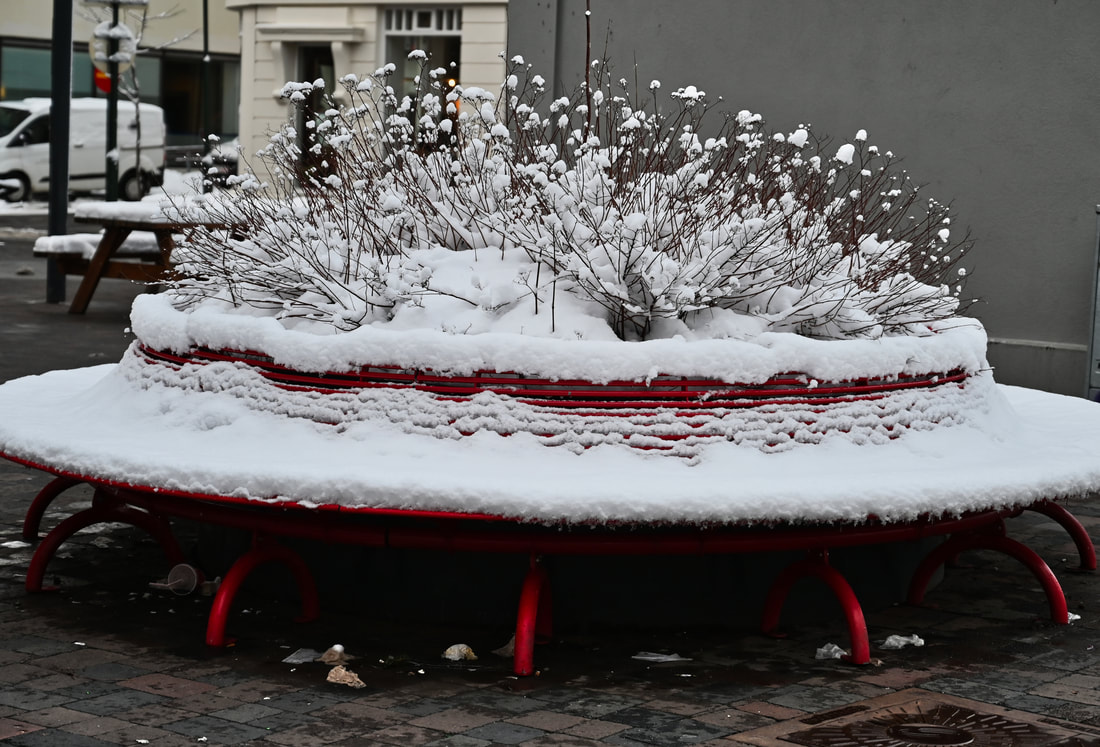
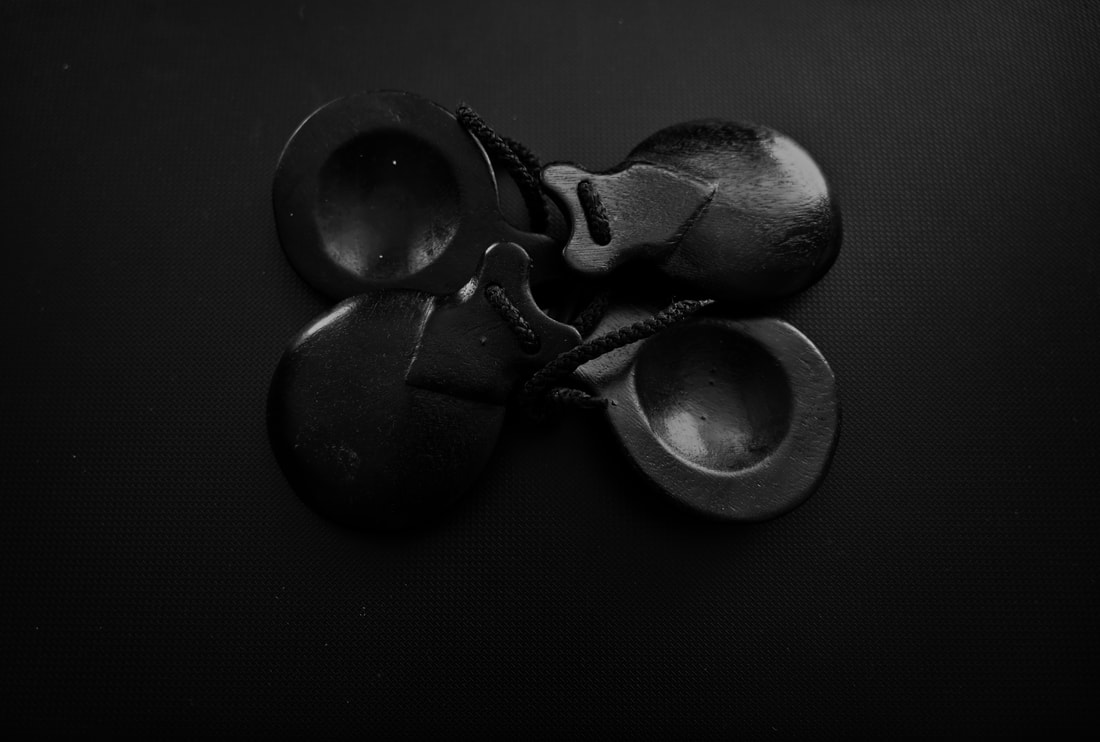



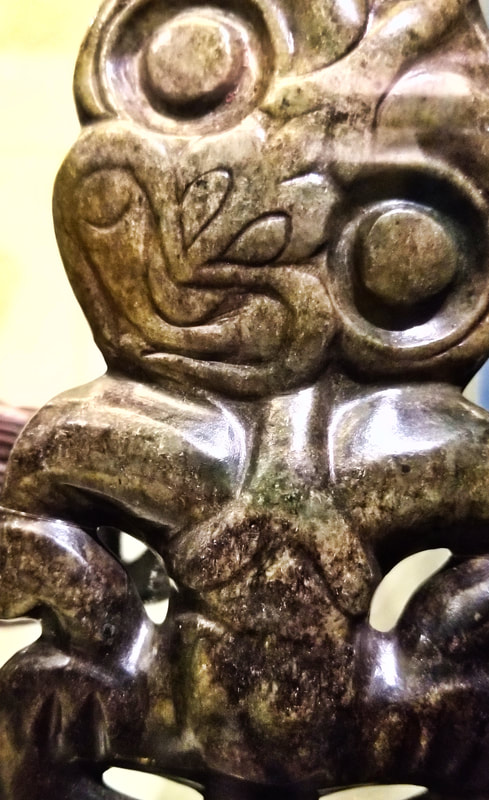
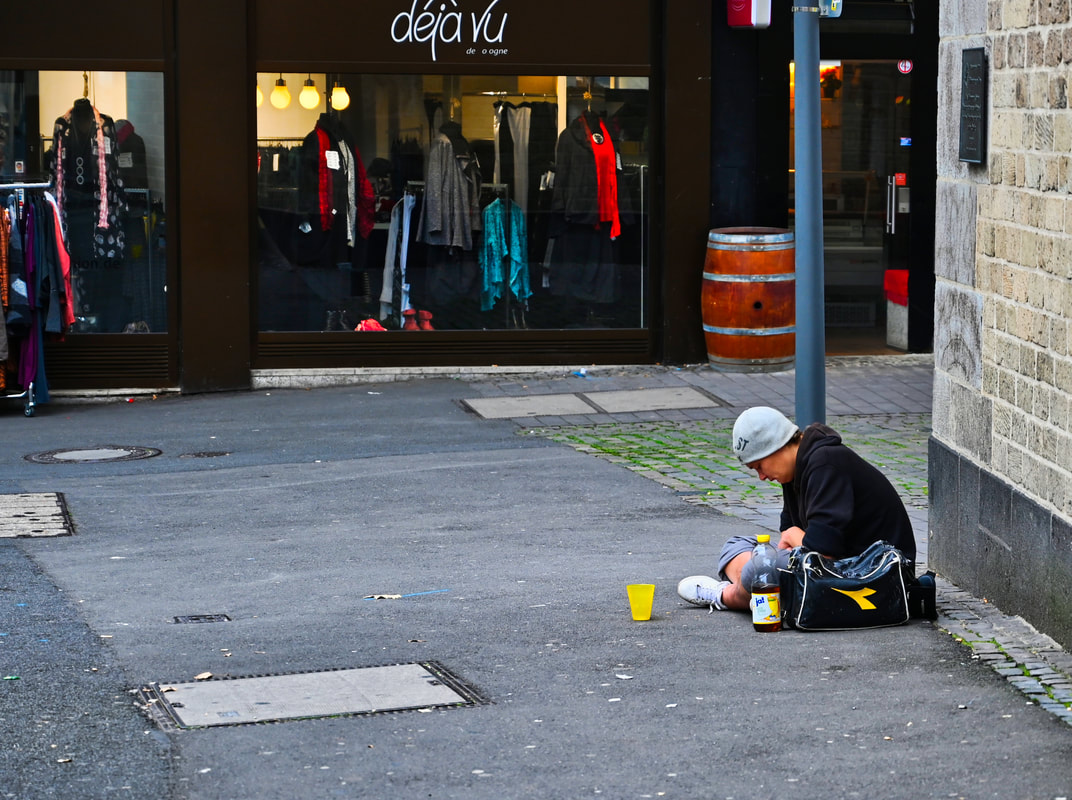

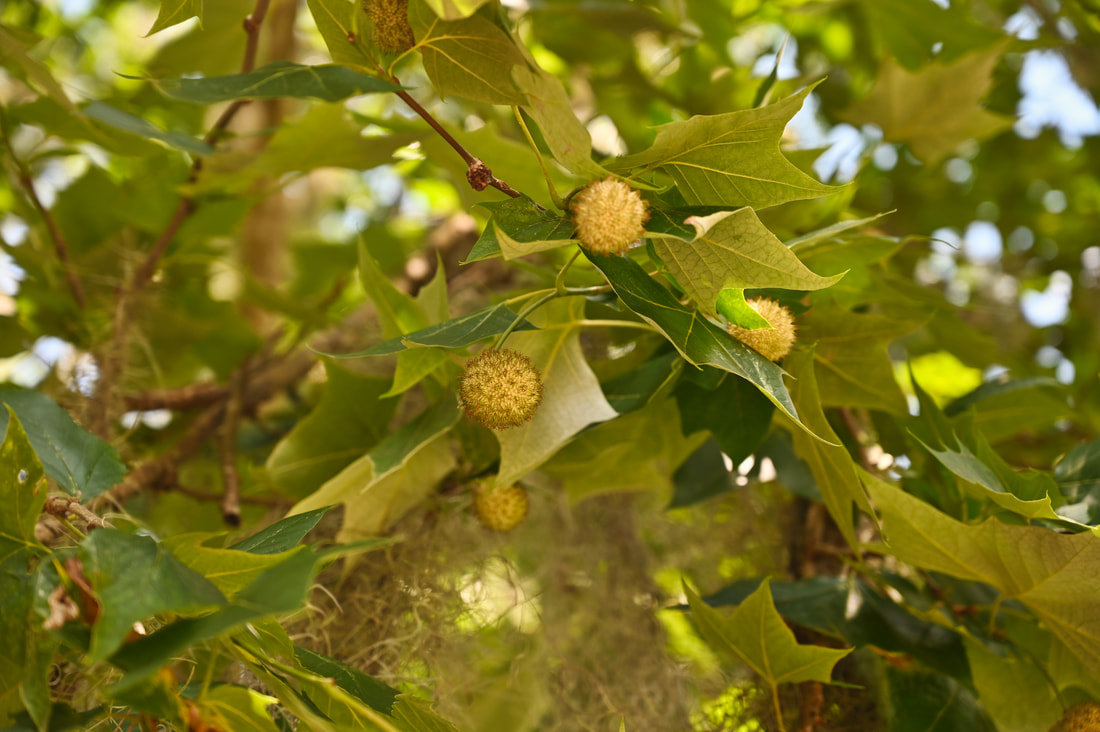








 RSS Feed
RSS Feed